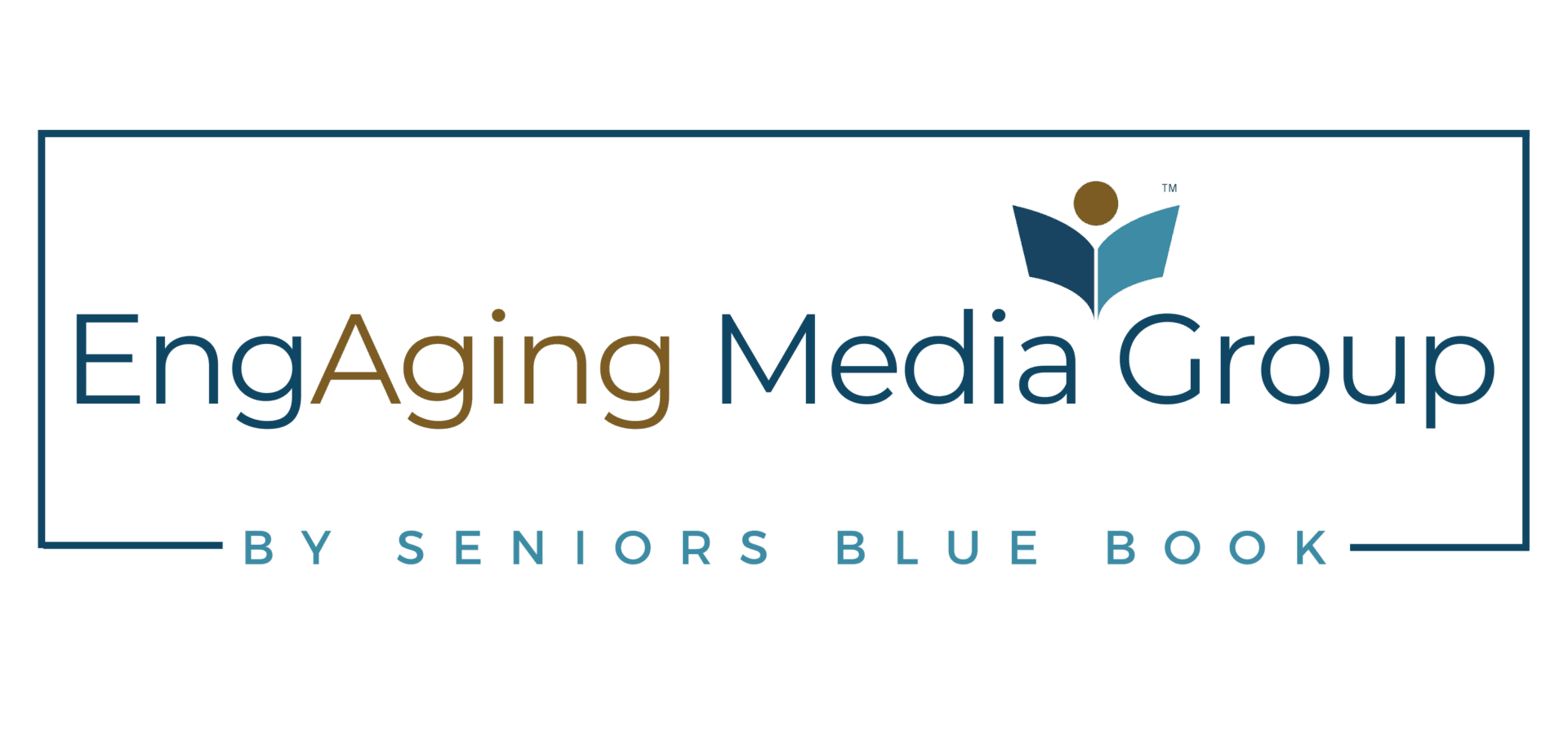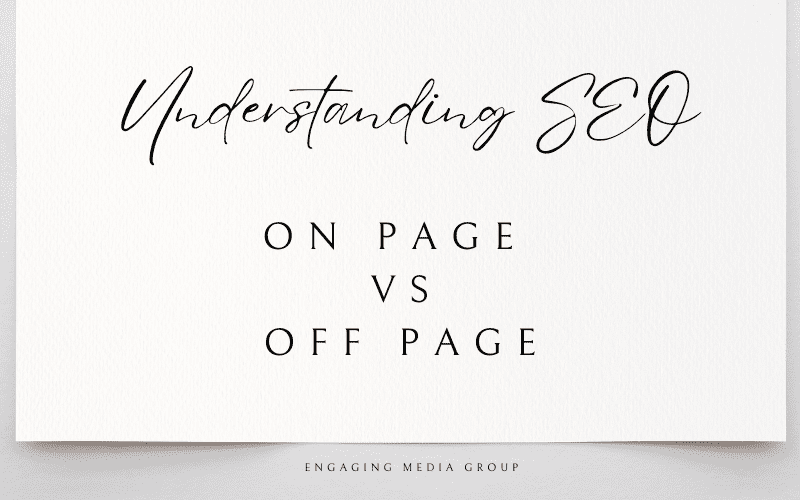Search Engine Optimization (SEO) is an essential aspect of digital marketing, aiming to improve the visibility and ranking of websites on search engine result pages (SERPs). SEO is a multifaceted discipline, and understanding its different components is key to developing a successful online presence. Two of the most important areas of SEO are on-page SEO and off-page SEO. These two strategies work in tandem to boost a website’s ranking, but they focus on different aspects of optimization.
In this article, we’ll explore the differences between on-page and off-page SEO, why each is important, and how you can effectively use both to enhance your website’s performance.
What Is SEO?
Before diving into the specifics of on-page and off-page SEO, let’s first define SEO. SEO refers to the process of optimizing a website to rank higher in search engine results pages (SERPs) for specific keywords or phrases. When people search for terms related to your business or content, SEO helps your website appear among the top results, increasing visibility, traffic, and ultimately conversions.
SEO is generally divided into three categories:
1) On-page SEO: Techniques and strategies that you implement directly on your website to improve its ranking.
2) Off-page SEO: Efforts and strategies that take place outside of your website to improve its ranking.
3) Technical SEO: Optimizations that focus on the technical aspects of a website, such as site speed, mobile-friendliness, and secure browsing.
For the purpose of this article, we will focus on on-page and off-page SEO, and how each contributes to a successful SEO strategy.
On-Page SEO: Optimizing Your Website’s Content and Structure
On-page SEO involves all the measures you take within your website to help search engines understand the content of your pages, improve user experience, and increase your rankings. The key to on-page SEO is optimizing individual web pages to target specific keywords and make the content more accessible to both users and search engines.
Key Elements of On-Page SEO
1. Keyword Research and Optimization
Keyword research is the cornerstone of on-page SEO. Identifying the right keywords—the phrases or terms that potential customers are searching for—is essential for creating relevant content. Tools like Google Keyword Planner, SEMrush, or Ahrefs can help you discover high-value keywords with the right search volume and competition level.
Once you’ve identified your target keywords, it’s essential to use them strategically on your page. Include them in:
1) Title tags: The title of your webpage should contain your primary keyword, ideally at the beginning. It should also be compelling to attract clicks.
2) Meta descriptions: This is the snippet that appears under the title on search engines. While it doesn’t directly impact rankings, a well-crafted meta description can improve click-through rates (CTR).
3) Headings (H1, H2, H3, etc.): Use keywords in your headings to structure your content and make it more scannable for both users and search engines.
4) Body content: Incorporate keywords naturally in the body text but avoid keyword stuffing. Aim for a balance of readability and optimization.
5) URL structure: Use clean and descriptive URLs that include relevant keywords. A good URL is easy for users to understand and search engines to index.
2. Content Quality and Relevance
Content is the backbone of on-page SEO. Search engines prioritize high-quality, relevant content that addresses user intent. Your content should be:
1) Informative: Provide value to the user by answering questions, solving problems, or offering detailed information on the topic.
2) Engaging: Content should encourage visitors to stay longer on your page, interact with multimedia elements (like videos or infographics), and explore other pages on your website.
3) Well-structured: Use clear headings, bullet points, and short paragraphs to make your content easy to read and scan.
4) Original: Avoid duplicate content. Search engines favor unique content and may penalize sites with copied material.
3. Internal Linking
Internal linking refers to linking between pages on your own website. This not only helps with navigation but also allows search engines to crawl and index your site more effectively. When using internal links, ensure that:
– The anchor text is descriptive and relevant to the linked page.
– Links help users find related content easily, improving their experience on your site.
4. User Experience (UX)
On-page SEO isn’t just about optimizing for search engines—it’s also about improving the user experience. A positive UX leads to higher engagement and better rankings. Factors that influence UX include:
1) Page Load Speed: Websites that load quickly tend to rank better in search engines. Use tools like Google Page Speed Insights to monitor and improve your site’s speed.
2) Mobile-Friendliness: With most web traffic coming from mobile devices, Google prioritizes mobile-friendly websites in its rankings. Ensure that your site is responsive and optimized for all screen sizes.
3) Clear Navigation: A well-organized website with intuitive navigation helps both users and search engines find content quickly.
5. Image Optimization
Search engines cannot “read” images in the same way they do text, but they can understand certain attributes, such as:
1) Alt text: Descriptive text for images that tells search engines what the image is about.
2) File size: Compress images to improve load time without sacrificing quality.
3) File names: Use descriptive file names with relevant keywords.
On-Page SEO Best Practices Summary
– Conduct thorough keyword research.
– Optimize title tags, meta descriptions, headings, and URLs.
– Focus on high-quality, engaging, and relevant content.
– Improve site structure with internal links and easy navigation.
– Enhance user experience through fast loading times, mobile optimization, and clear design.
– Optimize images for search engines.
Off-Page SEO: Building Authority and Trust Outside Your Website
Off-page SEO refers to the actions you take outside of your website to improve its ranking in search engines. While on-page SEO focuses on the content and structure of your site, off-page SEO works to establish your site’s authority, trustworthiness, and relevance in the broader web ecosystem. The most key factor in off-page SEO is backlinks—links from other websites that point to your site.
Key Elements of Off-Page SEO
1. Backlink Building
Backlinks are one of the most significant ranking factors for Google. When a reputable website links to your content, it signals to search engines that your website is also trustworthy and authoritative. However, not all backlinks are created equal. Quality is more important than quantity. Focus on obtaining backlinks from:
1) High-authority websites: Links from reputable sites within your industry or niche carry more weight.
2) Relevant websites: A backlink from a website related to your content is more valuable than one from an unrelated site.
3) Natural links: Aim for organic, naturally earned backlinks rather than purchasing or spamming links.
Tactics for building backlinks include:
1) Guest blogging: Writing articles for other reputable blogs or websites.
2) Content promotion: Sharing valuable content through social media, email outreach, or influencer partnerships.
3) Broken link building: Finding broken links on authoritative websites and suggesting your content as a replacement.
2. Social Media Signals
While social media activity does not directly influence search rankings, it can impact off-page SEO by driving traffic to your website and increasing the likelihood of earning backlinks. The more your content is shared, liked, or commented on, the more exposure it gets, which can lead to higher engagement and backlinks.
Social media signals that can help include:
– Sharing valuable content: Encourage users to share your blog posts, infographics, and other content on social platforms.
– Engaging with followers: Actively participating in conversations on social media can build relationships and increase brand visibility.
– Using social media platforms for link building: Platforms like LinkedIn, Twitter, and Facebook can be great sources for backlinks if used correctly.
3. Brand Mentions and Online Reputation
Google uses brand mentions (even if they don’t include a link) as a way of measuring your website’s reputation and authority. Mentions from authoritative sites or media outlets can boost your credibility and ranking.
Online reviews and public relations (PR) efforts also play a role in off-page SEO. Encouraging positive reviews on platforms like Google My Business or Yelp can improve local search rankings and enhance brand visibility.
Off-Page SEO Best Practices Summary
– Focus on acquiring high-quality, relevant backlinks.
– Promote content through social media to increase traffic and shares.
– Foster brand mentions and cultivate a positive online reputation.
– Engage in public relations and outreach to increase brand awareness and credibility.
Conclusion
On-page and off-page SEO are two distinct but equally important aspects of optimizing your website for search engines. On-page SEO ensures that your website is structured, informative, and relevant to both users and search engines. Off-page SEO, on the other hand, helps build your website’s authority, trustworthiness, and visibility on the broader web.
A balanced approach that includes both on-page and off-page SEO is essential for achieving long-term success in search rankings. By optimizing your site internally and building relationships externally, you can increase your website’s visibility, attract more visitors, and improve your overall SEO performance. Whether you’re just starting with SEO or looking to refine your strategy, focusing on both on-page and off-page elements will help you build a strong and sustainable online presence.

